Hubert Fauntleroy Julian was born in Trinidad in 1887 to a wealthy plantation owner. Growing up in Trinidad Julian got interested in early aviation as a young man he embellished his life’s story with tall tales and bravado. A flamboyant individual, affectionately called Tom would later emigrate to Canada where he sought out the Canadian flying ‘Ace’ Billy Bishop for flying lessons; he was determined that he would fly across the Atlantic before Charles Lindbergh but, things did not work out that way.
Moving to the United States, Julian settled in Harlem posing as an officer in the Canadian Air Force and a famous parachutist. When he finally learned to parachute, floated down over Harlem playing “Running Wild” on a saxophone. By 1924 he had raised enough money to pay for his flight to Liberia; the seaplane took on water and crashed into Flushing Bay. This did not deter Julian and his self-promotion pursuits continued. He then moved his base to Floyd Bennett Field in Brooklyn which was the only official airfield in New York City; where he planned what turned out to be other unsuccessful transoceanic flights in the 1920’s. His bravado, flying exploits and flamboyance earned him the name “The Black Eagle of Harlem’” given him an American newspaperman.
Moving his base to Floyd Bennett field in Brooklyn, the only official airfield in New York City, he planned other unsuccessful transoceanic flights in the 1920’s. He then sailed to Ethiopia in the 1930’s where he impressed Emperor Haile Selassie, who rewarded him by appointing him commander of the Country’s small air force. His activities did not go unnoticed, he received mention in the New York Times, The Brooklyn Eagle, The Amsterdam News, and the Smithsonian Magazine. By 1939 Ethiopia was invaded for the second time by Mussolini’s Italy. Because of the invasion, Julian left Ethiopia to take up a colonel’s rank in Finland which; was invaded by the Soviet Union in 1940. As the Soviets swept in Julian returned to the United States, where he had a short-lived film career in Hollywood. He later served in World War II as a private and earned US citizenship.
Julian was so offended by racial comments made by Herman Goring, the Nazi Luftwaffe commander, that he challenged him to an aerial dogfight. Goring ignored the challenge; however, in the United States Julian was lauded with praise for his boldness. Back home, he later joined William Powell’s Five Blackbirds, which was an all-Black flying troupe.
As the Country settled into peacetime Julian pursued other plans. He registered as a licensed military arms dealer, with clients in Central America including the military leadership of Jacobo Arbenz Guzman of Guatemala and the Batista government of Cuba; in Africa he supplied the secessionist leader Tshombe of the Congo. These activities attracted the attention of the FBI and the CIA, and he was subsequently imprisoned for four months by troops from the United Nations.
Julian returned to the US a wealthy man where he met and made friends with Muhammad Ali and appeared on “The Tonight Show” and “The Merv Griffin Show;” he later died in 1983, recognized as an important but overlooked African American.
Col. Herbert Fauntleroy was an aviator, soldier of fortune and arms dealer who led a life of adventure, finding himself at the center and periphery of major world events; he drew headlines wherever he went. During his time, he caused a fair share of controversy but most importantly; fought against racial attitudes and shattered countless stereotypes. He flew before Charles Lindbergh; traveled to Ethiopia before most Americans had seen their own Grand Canyon and pushed for the advancement of his race, even while many of his own people vilified him with accusations of being a flamboyant charlatan. Julian’s Zelig-like ability to adapt and take on multiple personas helped him persevere in the face of adversity.
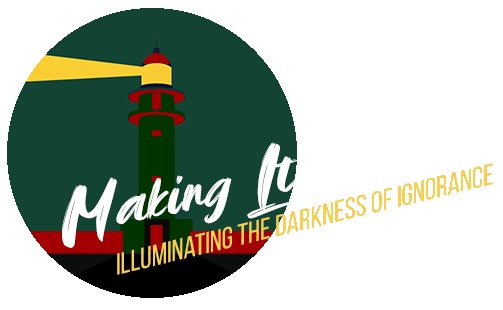




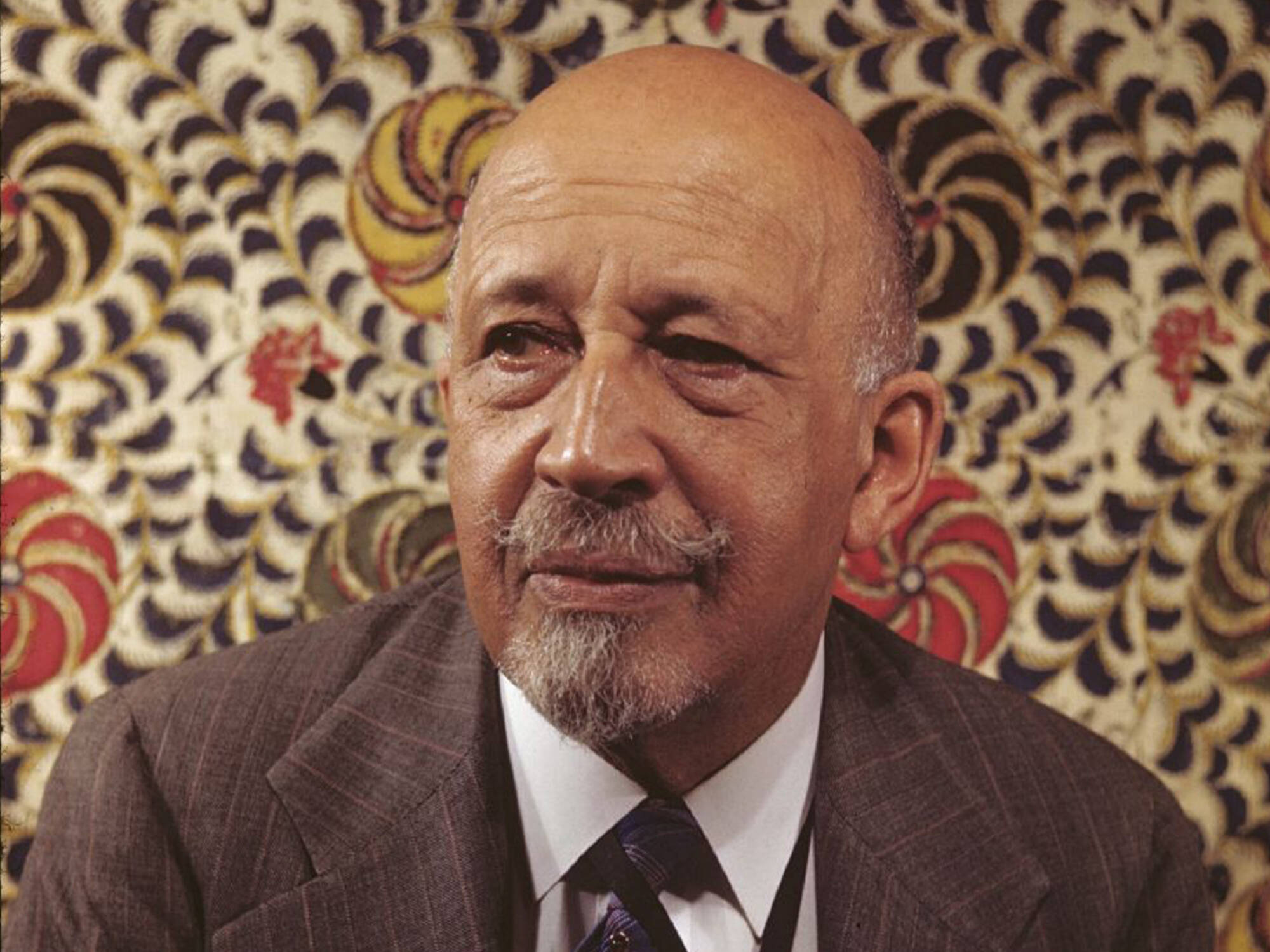

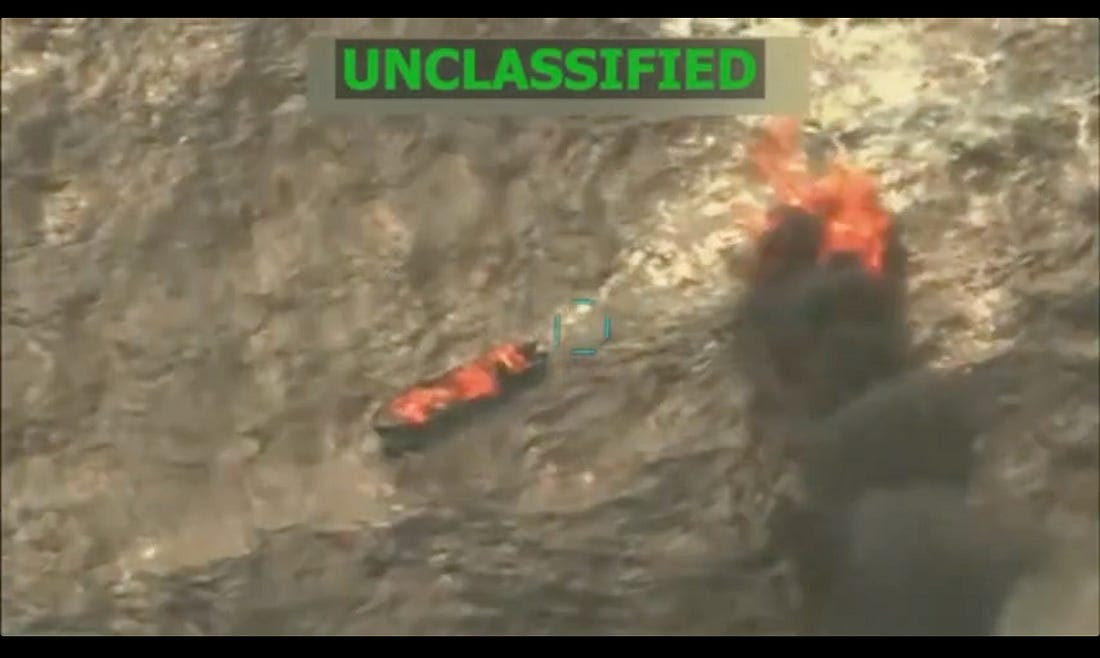
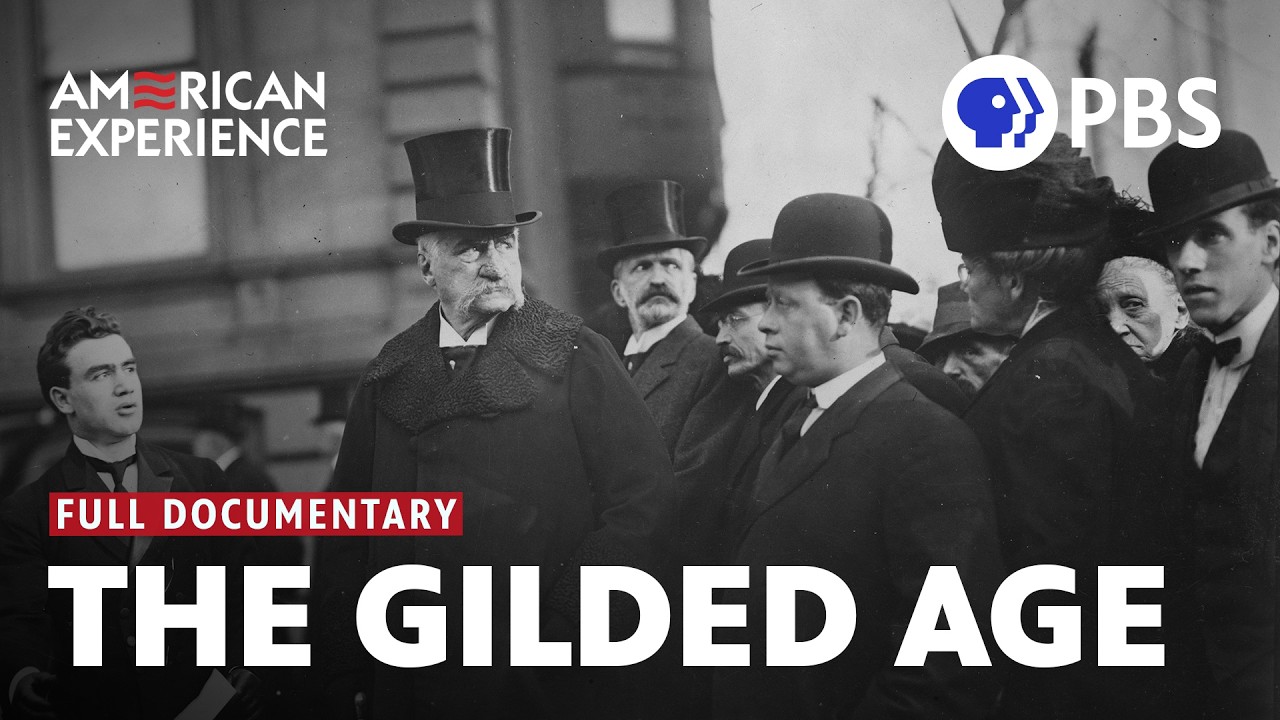
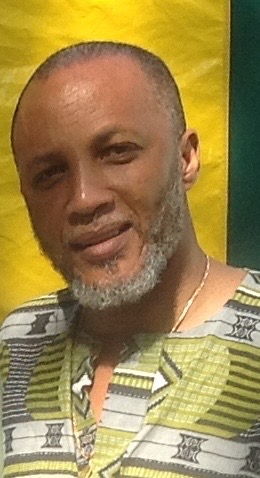
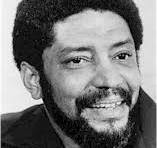

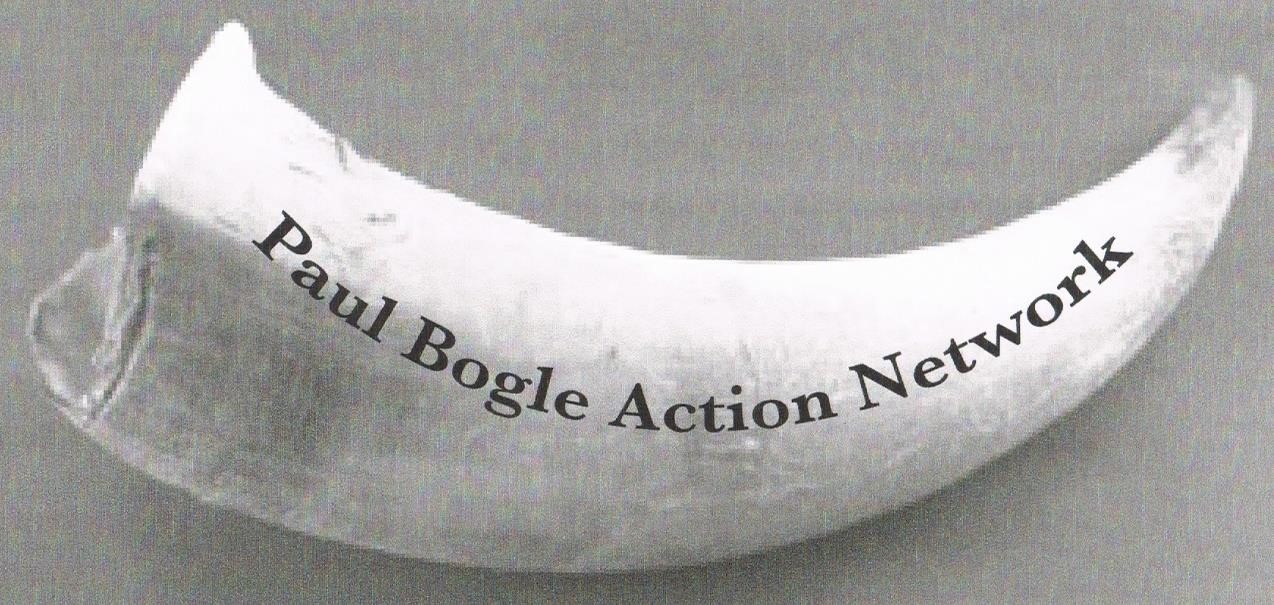

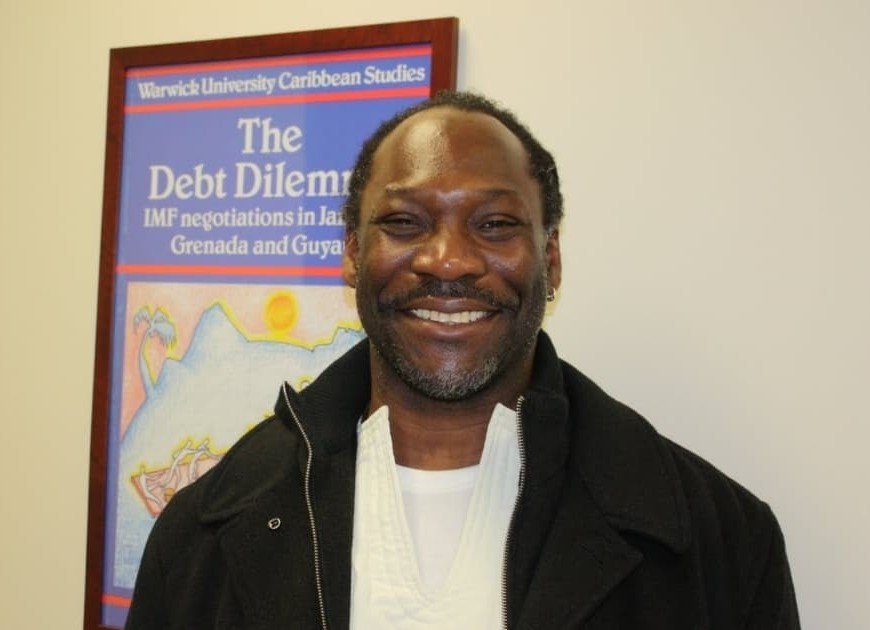
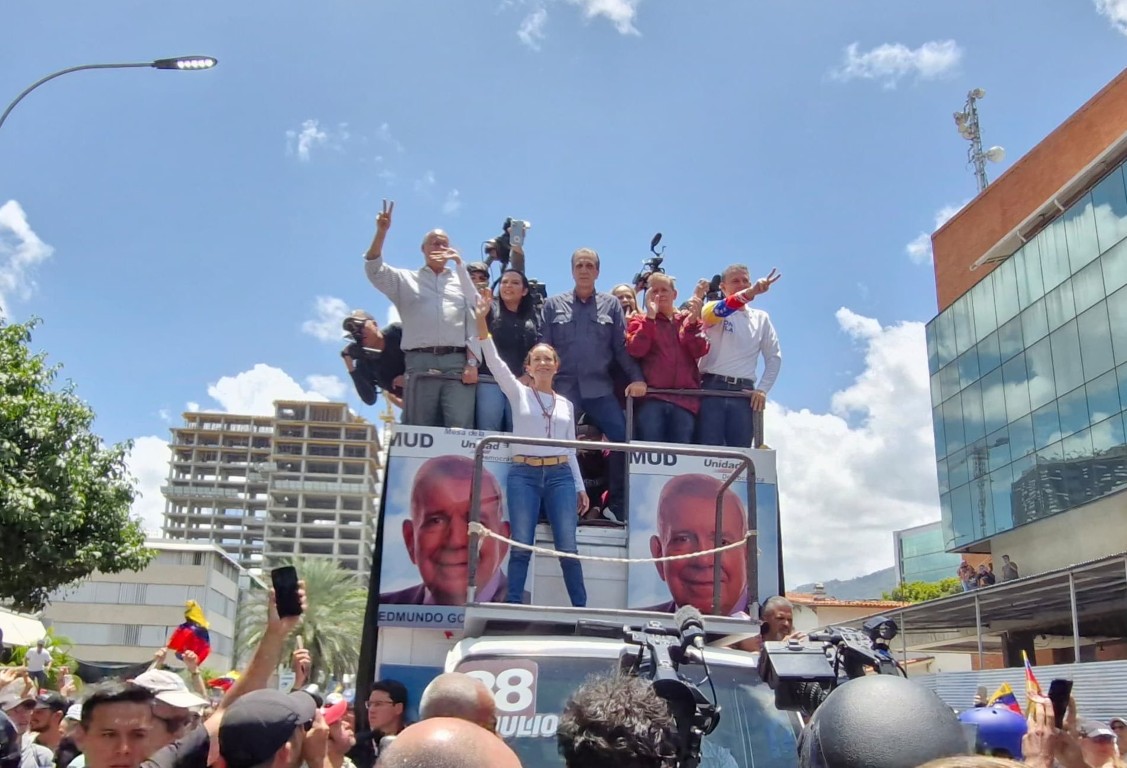
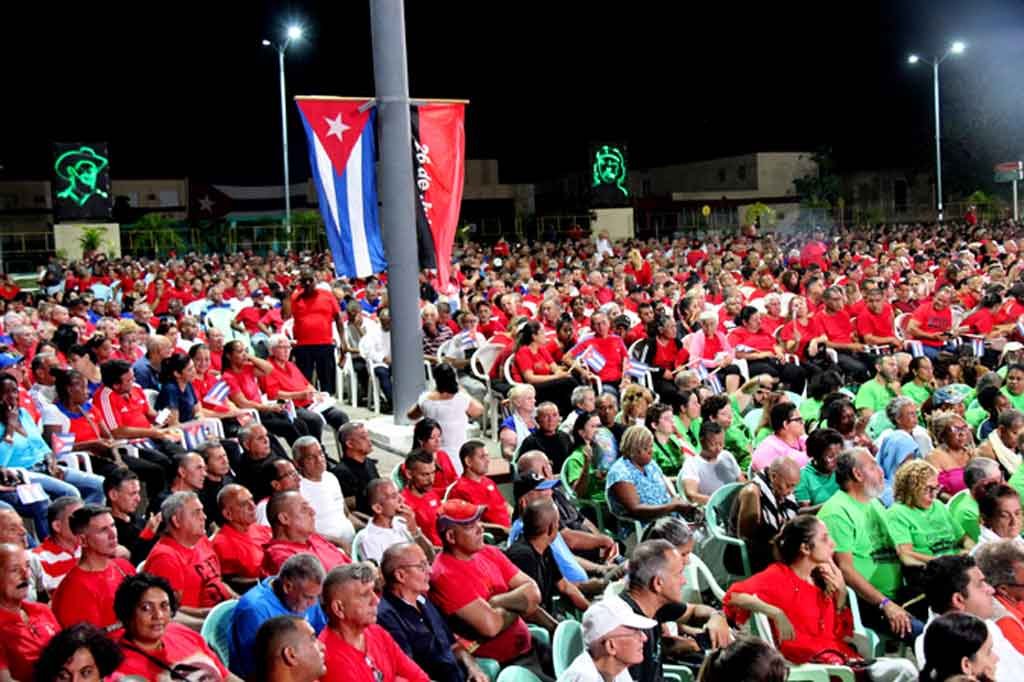
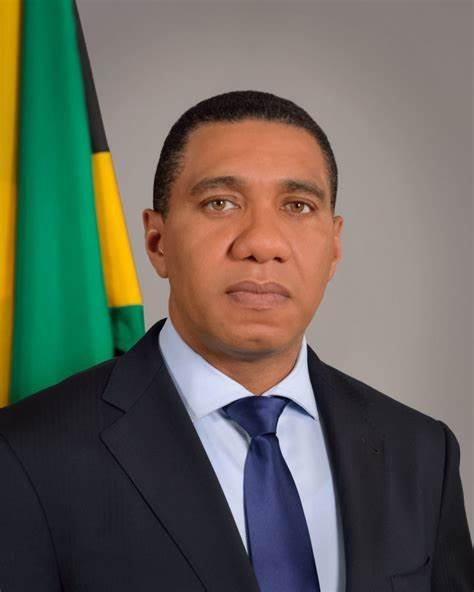
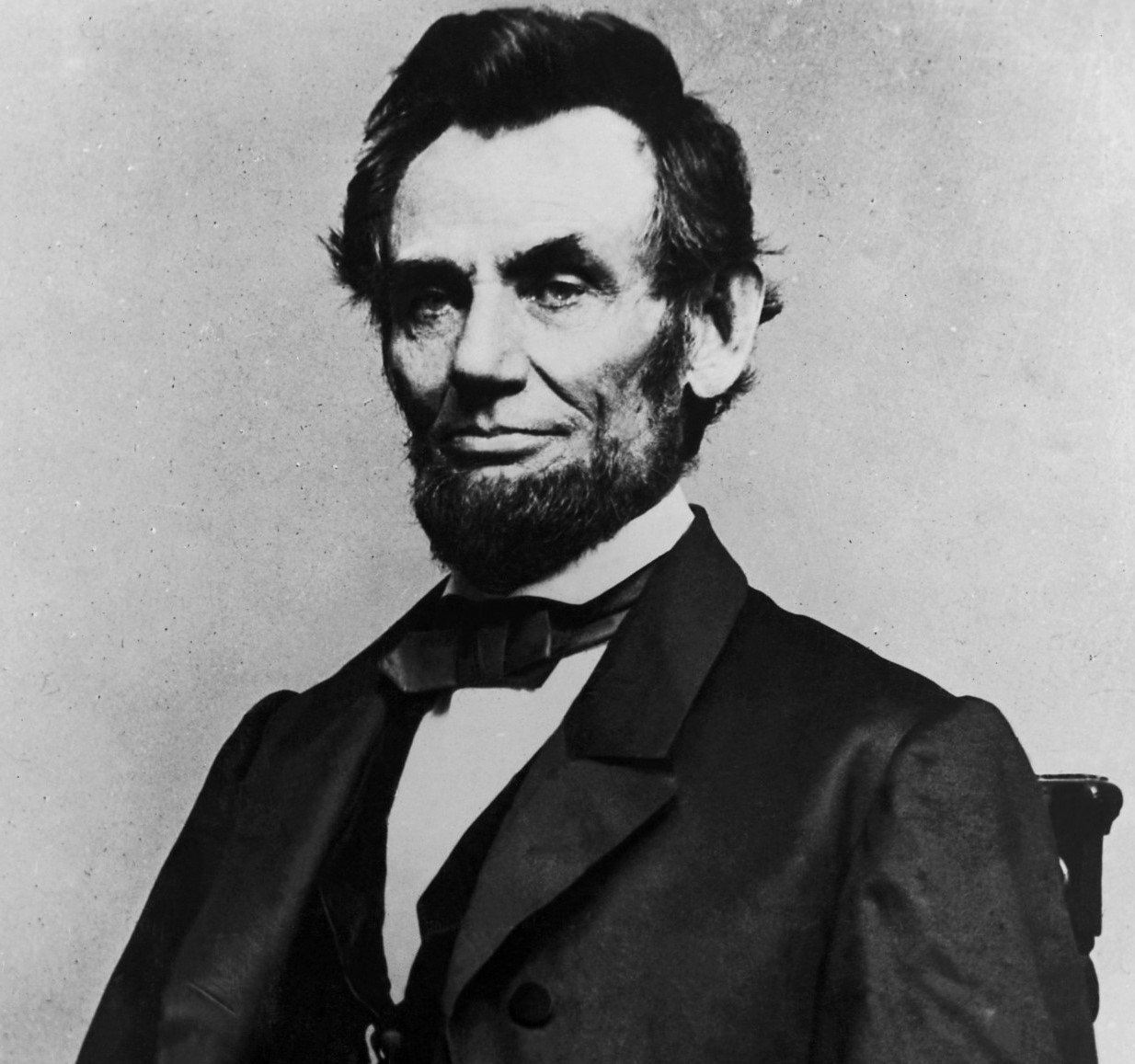
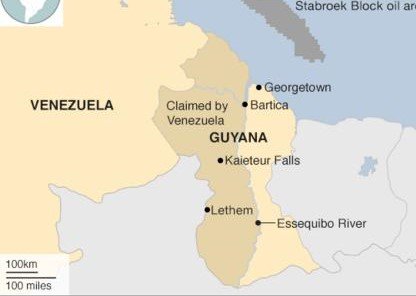
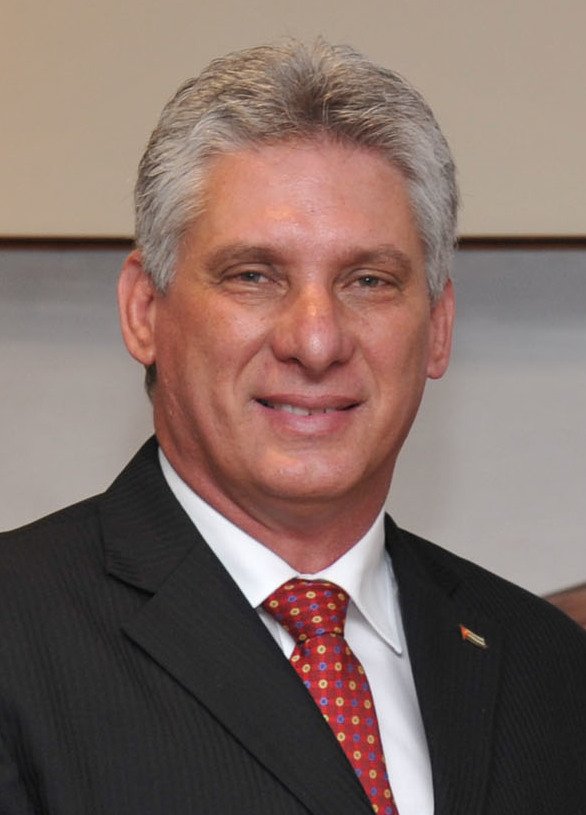


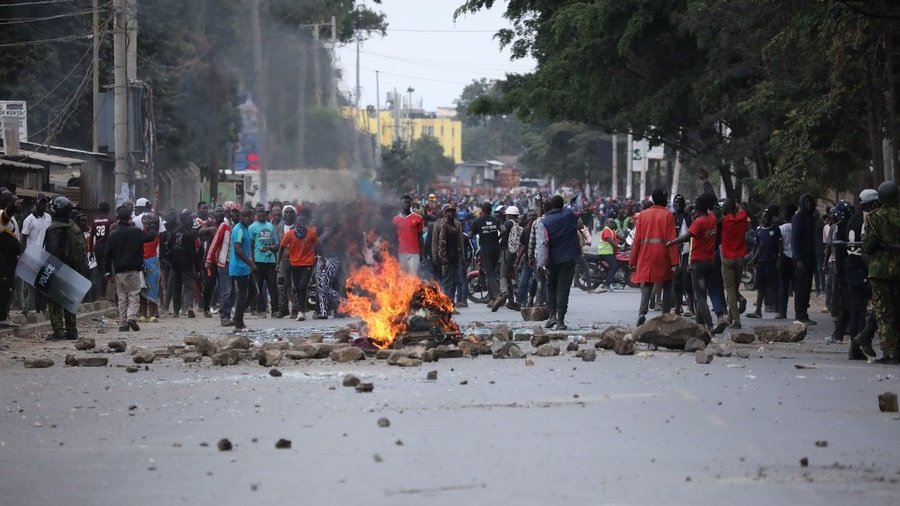
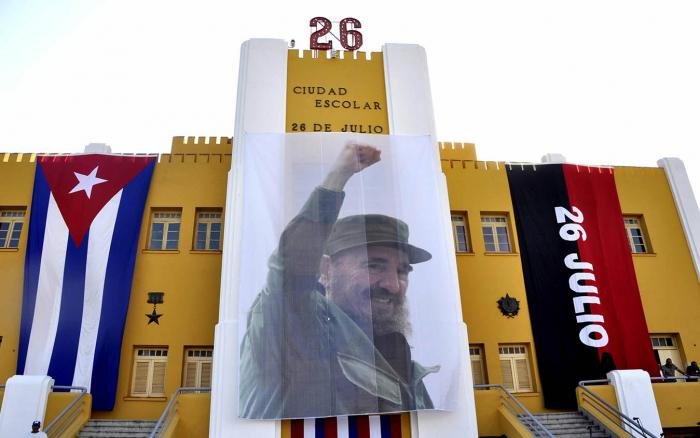
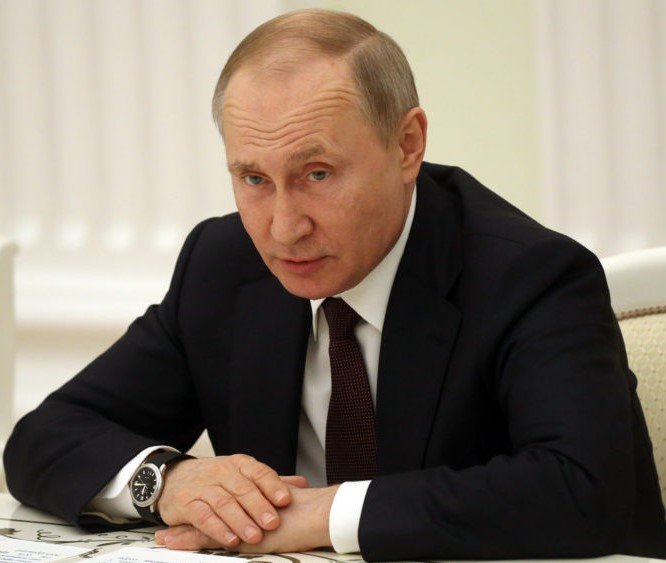
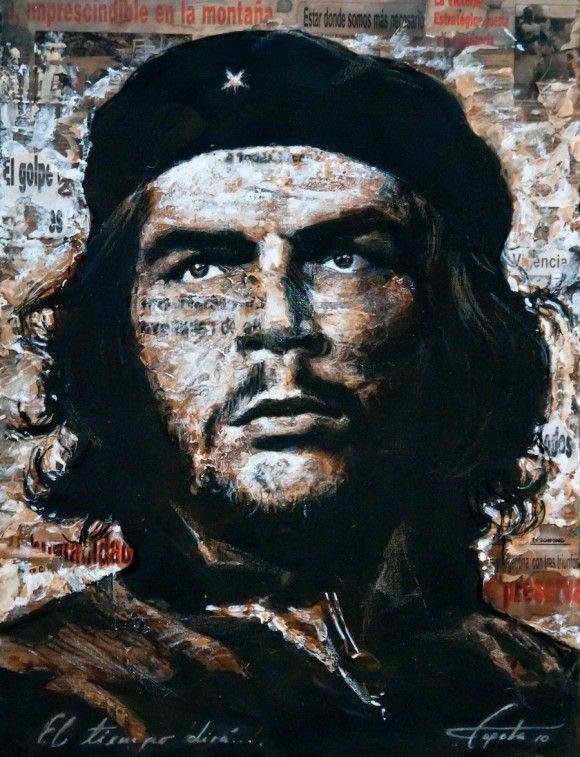
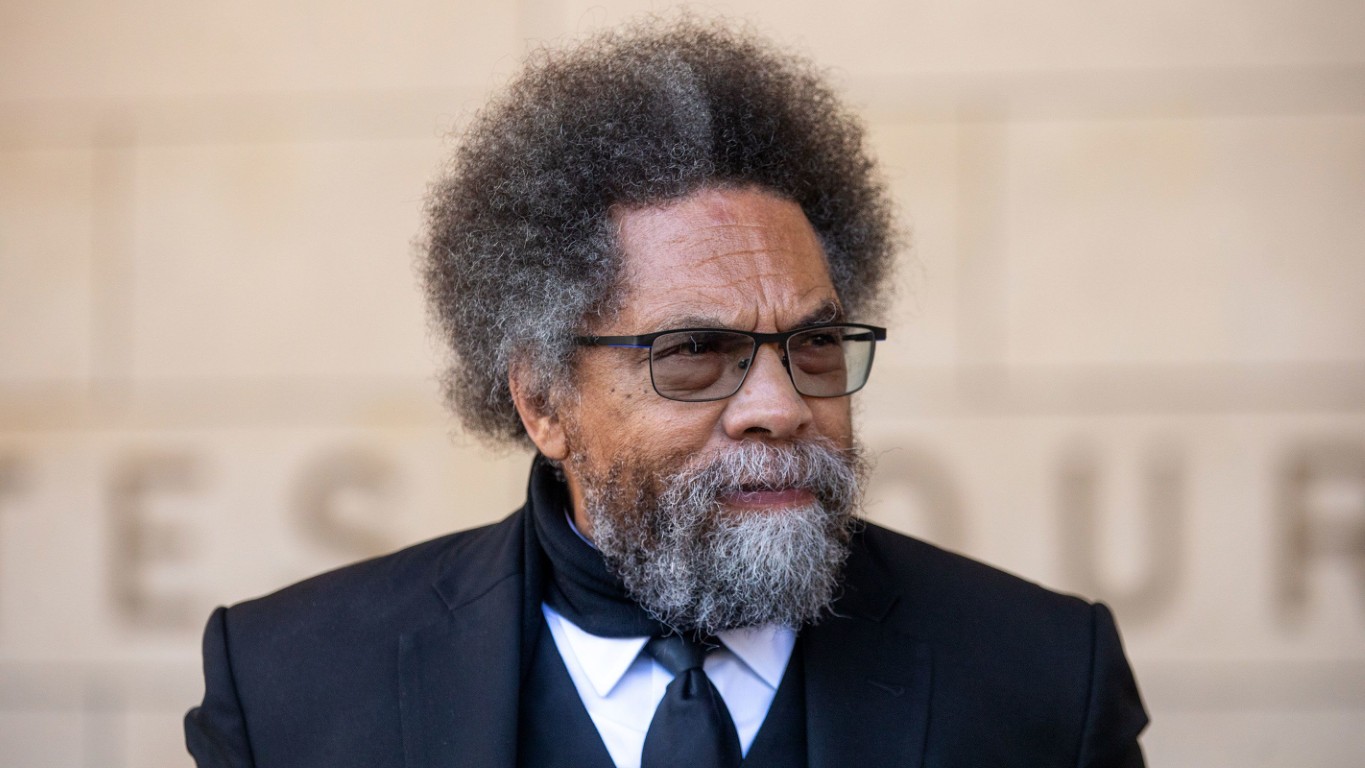
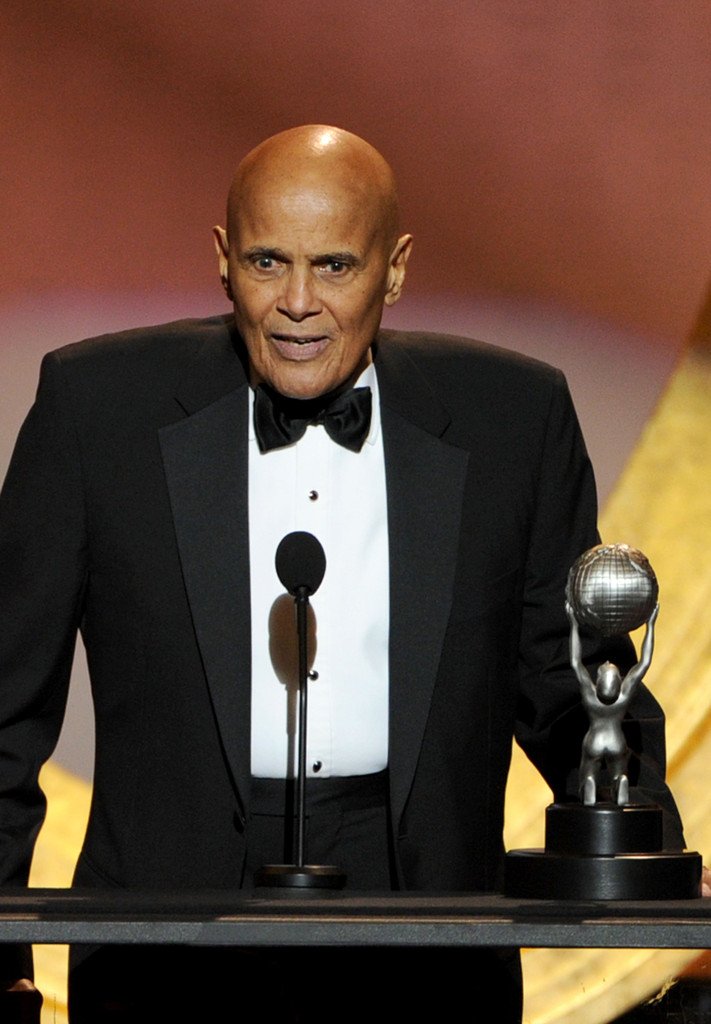
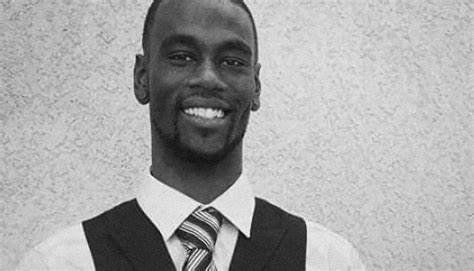
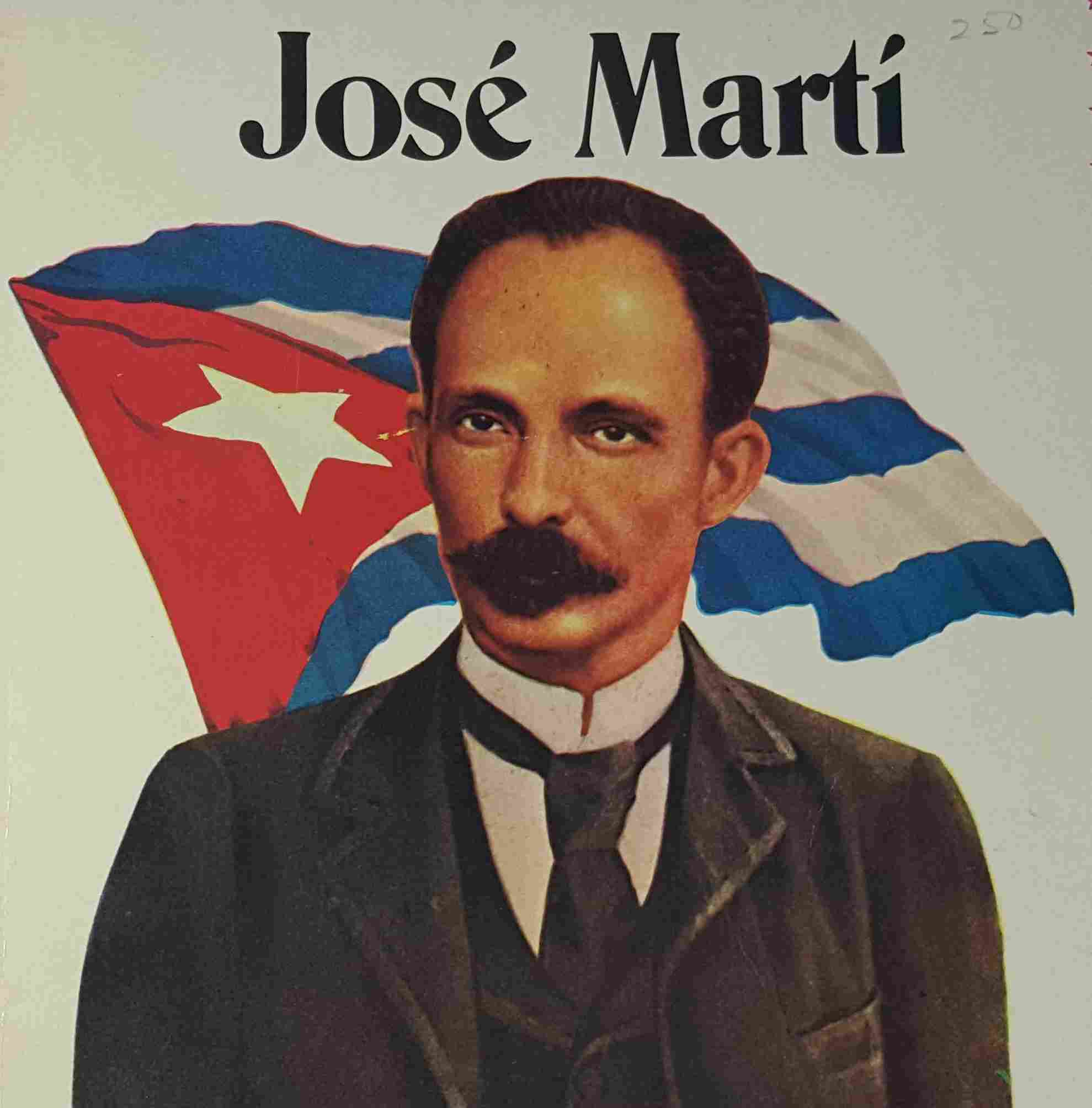
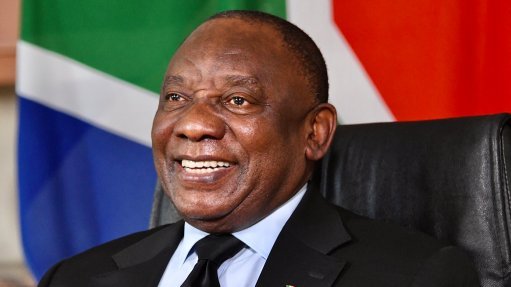

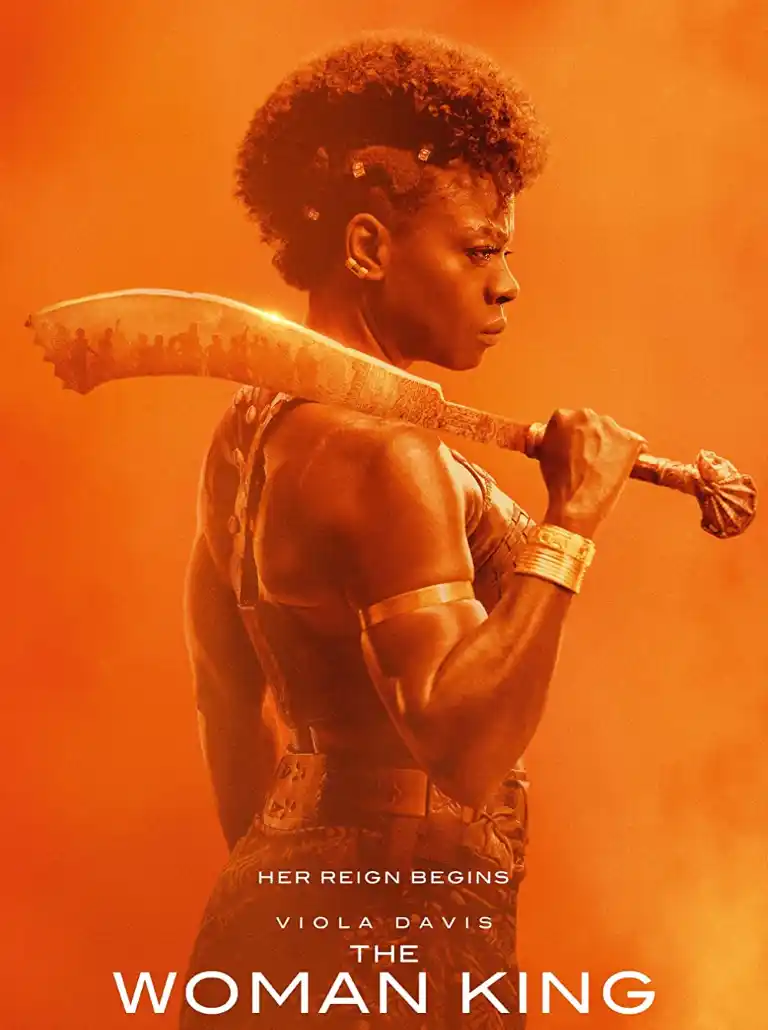
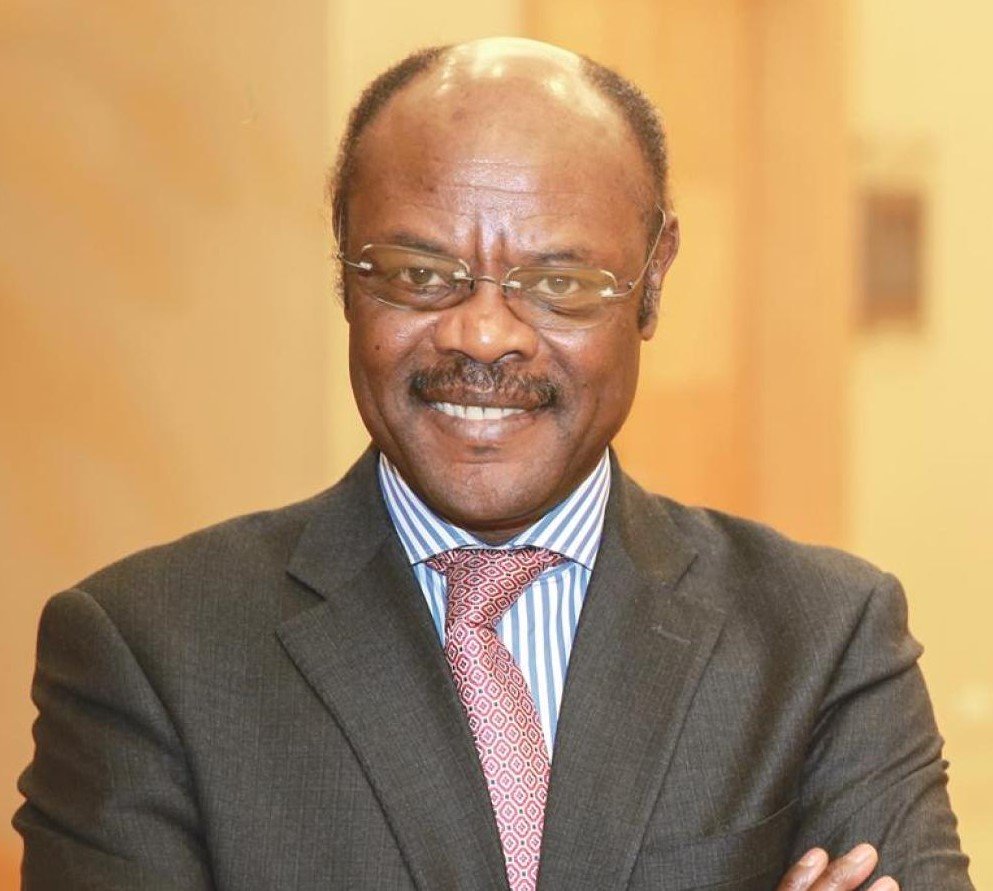
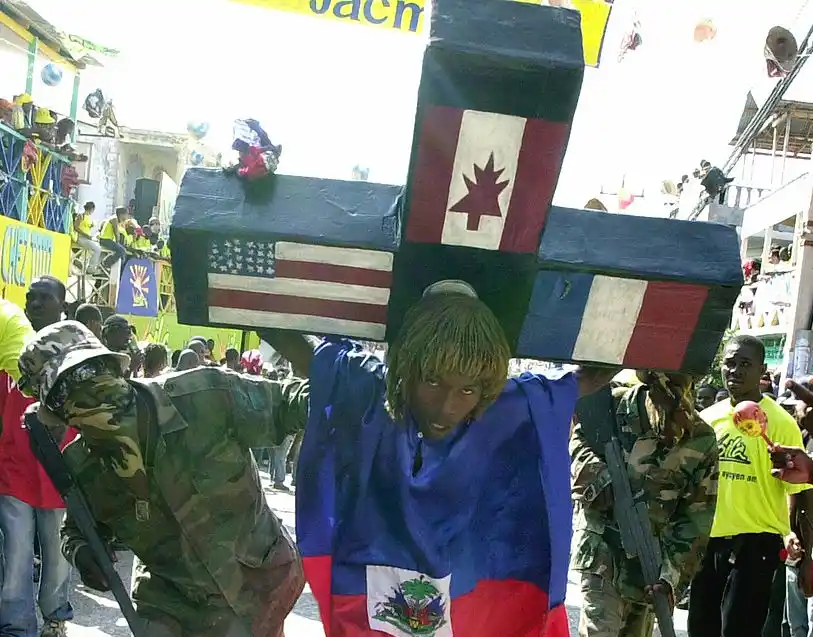
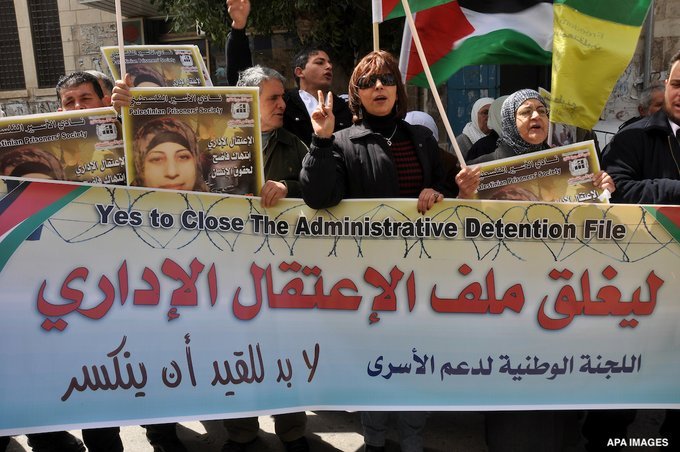
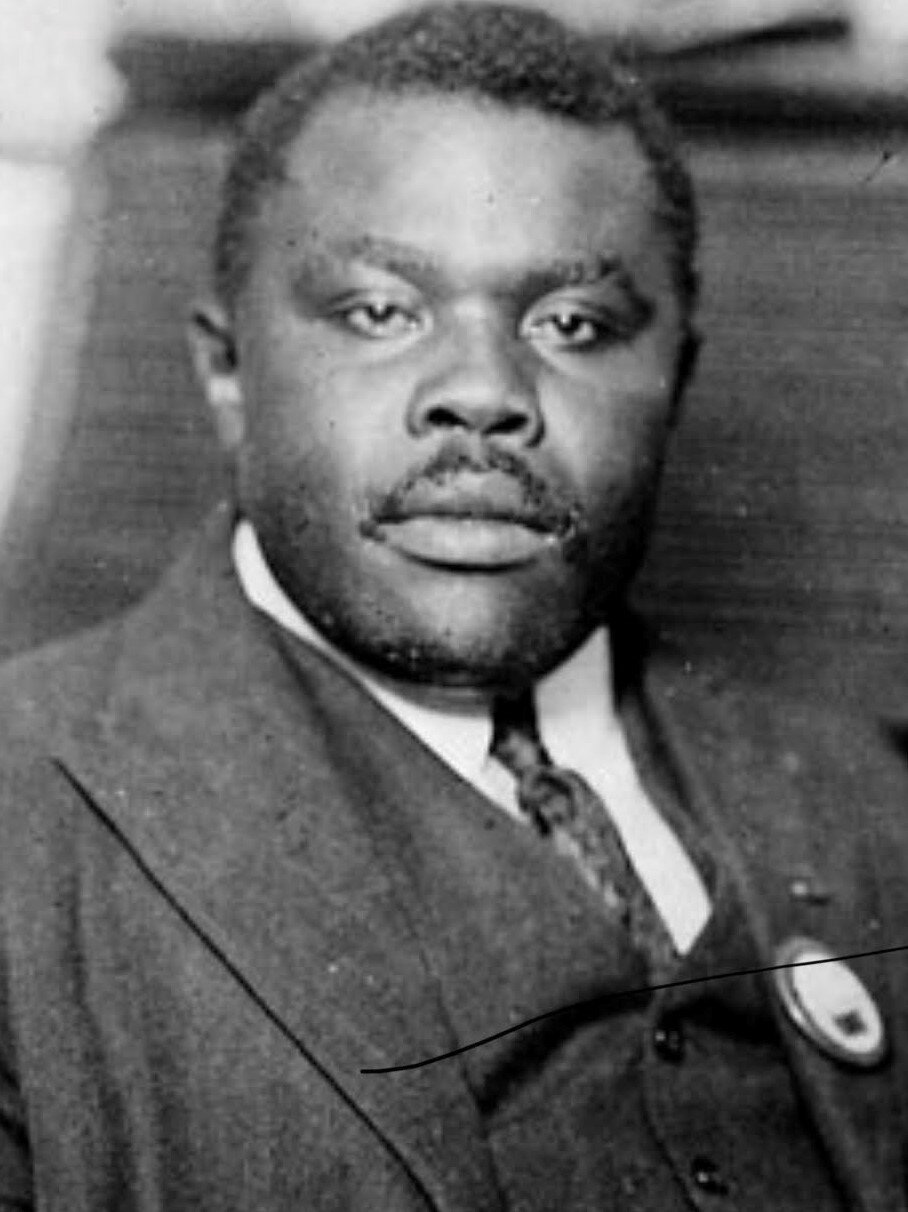

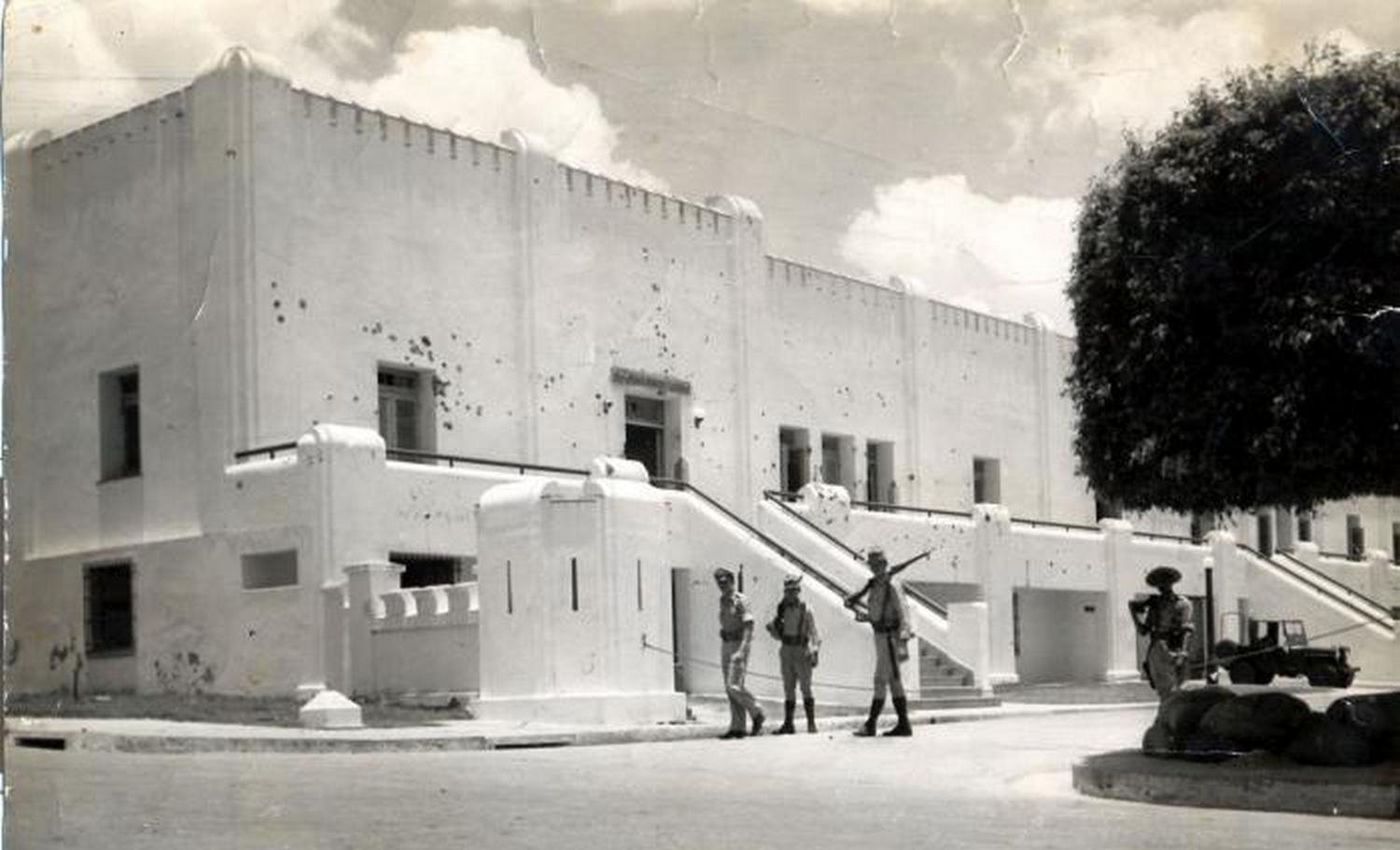
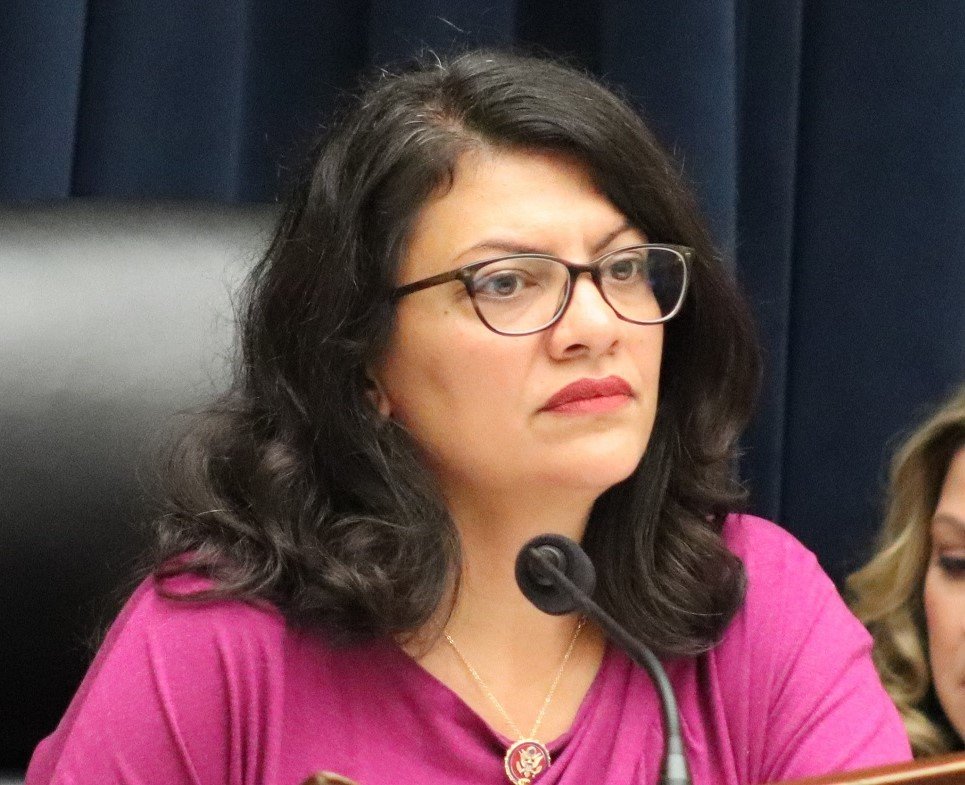
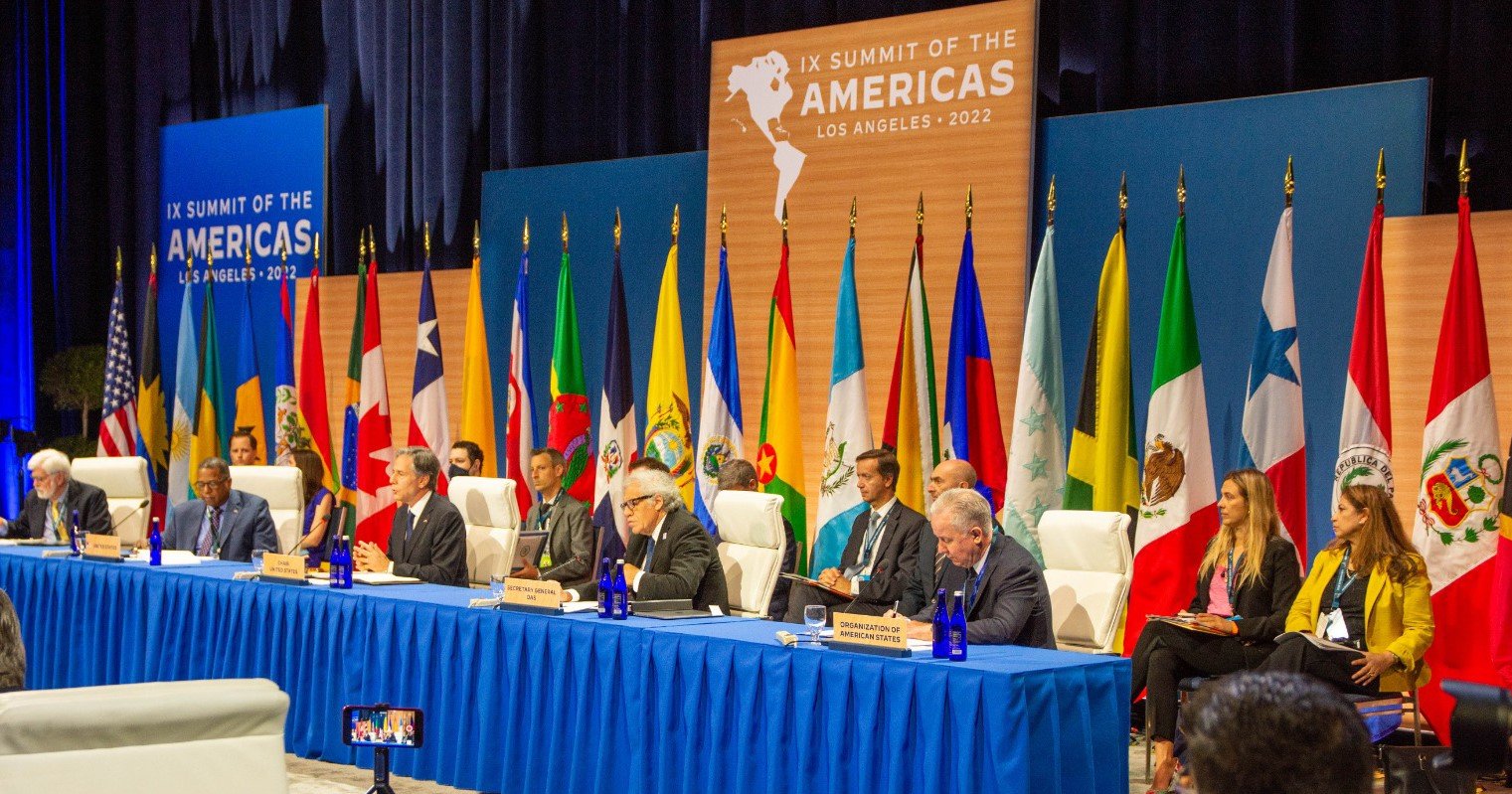
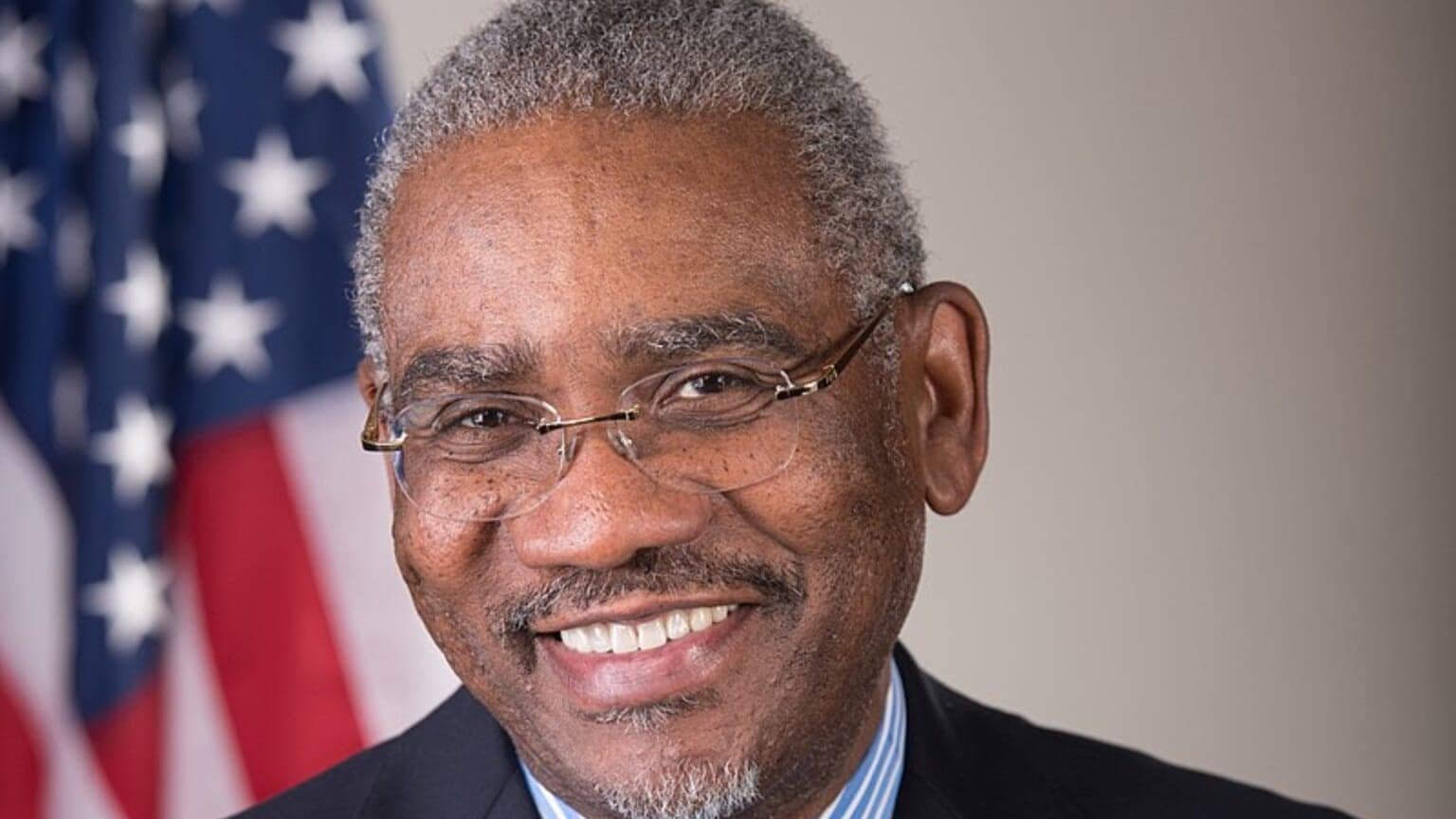
Share with your network